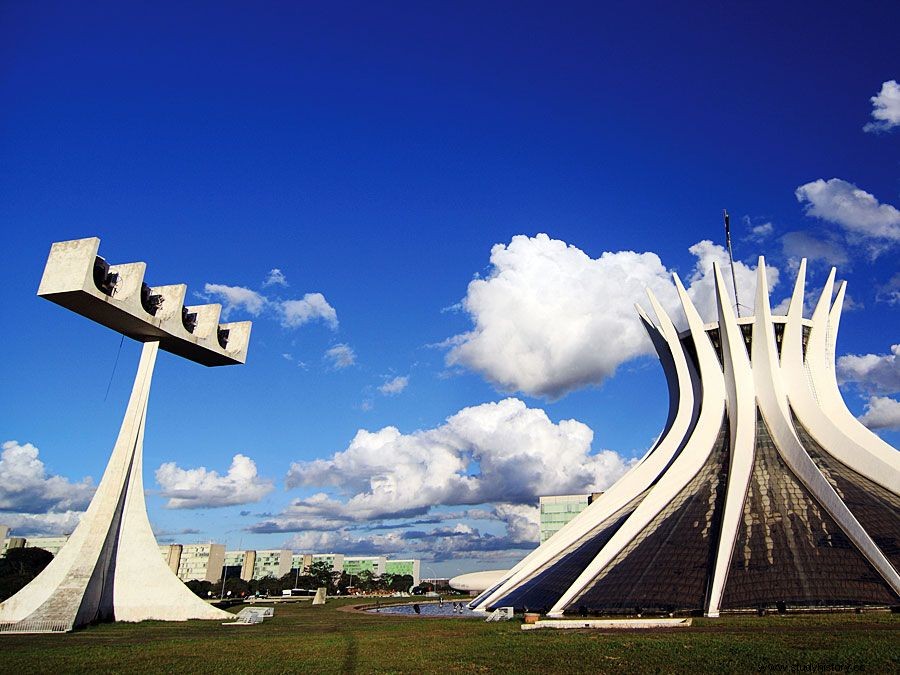Viceroyalty of Peru , Spanish Virreinato de Peru , the second of the four viceroyalty Spain created to govern its territories in the Americas. The Viceroyalty was founded in 1543 and initially comprised all of South America under Spanish control except for the coast of present-day Venezuela . It later lost jurisdiction (with the creation of the Viceroyalty New - Granada in 1739) over the areas , the now forms the nations of Colombia , Ecuador , Panama and Venezuela and later (with the creation of the Río de la Plata Viceroyalty 1776) about what is now Argentina , Uruguay , Paraguay and Bolivia .
 Britannica Quiz Journey to South America:Fact or Fiction? Is the Brazilian capital known for its architecture? Is Argentina a big country? Sort fact from fiction - and learn about climate, capital cities and more on this journey through South America.
Britannica Quiz Journey to South America:Fact or Fiction? Is the Brazilian capital known for its architecture? Is Argentina a big country? Sort fact from fiction - and learn about climate, capital cities and more on this journey through South America. Up until almost the end of the colonial period, held true Peru as the most valuable Spanish possession in America. It produced large amounts of Silver Bars for the Shipping to Europe, mainly from the mines in Potosí . In the seaside town Lima lived an exploitative society of mine operators and trade princes who lived off the forced labor of the Indians . However, access to easy wealth has been one of the main factors behind the region's political instability. Geography was different; Lima's position along the west coast of South America limited effective communications with Spain, and the rigors of the terrain (the Andes) made governing Peru very difficult.
From 1569 to 1581, the Viceroyalty of Peru received some much-needed stable leadership of the viceroy Francisco de Toledo . Toledo, considered the best viceroy of Peru, renewed the administration, granted the Indians specific Autonomy Rights and modernized mining. His successors - especially the Marqués de Montes Claros (1607–15), Francisco de Borja y Aragon , Prince de Esquilache (1615–21), Don Pedro Antonio Fernández de Castro, 10th Count of Lemos (1667 –72) and Melchor Portocarrero Lasso de la Vega, Count of la Monclova (1689–1705) - were for the most part formidable men and able administrators.
By the late 18th century, however, the Viceroyalty of Peru was in dire need of reform. The exploitation of the Indians had led to a brief but bloody rebellion in 1780 Jose Gabriel Condorcanqui (or Túpac Amaru , as he wanted to call himself after his Inca ancestor). This rebellion spread throughout Peru, and although Túpac was captured and executed in 1781, the Indians continued to wage war against the Spanish until 1783, disrupting the economy of the Viceroy led. The coastal area could not mount a strong defense against General José en San Martín marched in Lima and declared Peru's independence from Spain in July 1821. On December 9, 1824, despite an advantage in manpower and arms, the Spanish Royal Army lost the Battle of Ayacucho in the Andean highlands against a revolutionary army at Antonio José de Sucre . The Viceroy of Peru and his generals were taken prisoner, and what remained of what had been the Viceroyalty of Peru became part of the independent nations of Peru and Chile .
